Table of Contents
Main dishes
Metric recipes (ingredients only)
Introduction
T
o me and most Westerners enjoying an Indian meal is an occasional break from our stable dietconsisting of American and European dishes. It is something that is very different in terms ofconsistency, flavor and spiciness. For good and bad Indian cuisine is also shrouded in some sortof mystique, as many people seem to be confused about what's really authentic and not.
Fortunately Indian food is much more than the 4 or 5 reoccurring nonvegetarian dishes and Naanbread that were being offered at home.
Unlike many other cookbooks on the subject, this one does not pretend to portray an elaborate overview of Indian cuisine. The aim is to enable the readers to prepare two or three of these authentic meals, to serve for guests on special occasions. I have selected a range of distinct andmostly north Indian dishes which I consider essential and truly authentic, i.e. everyday food. Similarly the selection reflects a personal story of my visits to the homes of many hospitable Indianfamilies and an equal number of restaurants, during travels to India and at home. Being a Westernerthis also puts me in a unique position to write recipes, as I have learned how to cook Indian foodfrom scratch, not having any prior knowledge to the techniques and many of the ingredients. Howdoes that help you exactly? Well, I have made all the mistakes so that you don't have to!
To help the readers along the recipes contain technical tips and tricks, serving recommendations, as well as some bonus information on the background of some of the dishes. Also, I have chosen to measure the ingredients mostly in weight rather than volume (except tsp and tbsp) to make it easier for the reader to adjust the recipes to the desired number of portions using a kitchen scale.

Cooking equipment...a short note on pressure cookers
C
ooking Indianfooddoes notrequire any special
equipment, although cooking dal becomes much faster
withapressure cookeras itdramatically reduces the
cooking time and takes away the need to soak the dal
beforehand. Considering that dal is a stable food in Indian cooking
I heavily recommend purchasing a pressure cooker, especially if
you hold any ambition of making Indian food on a weekly basis.
For those of the readers who have never used a pressure cooker
before, there's an important tip that you should know to avoid
burning your dal. If you're using your pressure cooker on a gas
stove it is important to use the lowest possible flame, as the food
will easilyburnotherwise.This tends nottohappenona
conventional stove using a regular heat setting. It might take you
one or two attempts to get this just right on your own stove.

If you're using your pressure cooker on a gas stove it is important to use the lowest possible flame, as the food will easily burnotherwise.























R EC I P ESbasics

Garam Masala
Ingredients
2 tbsp cumin seeds
1 tbsp pepper corns
1 tbsp ground cinnamon
1 tbsp coriander
8 cardamom pods
510 cloves
23 bay leaves Cooking Instructions
Toast on medium heat and turn off the heat when the spices have darkened. Remove the cardamom seeds from the pods and discard these. Add the seeds back into the spice mix and grindto a fine powder. Store the garam masala powder in an airtight container.
Indian Tea (Chai)
(4 portions) Ingredients
2 cups water
2 cups full fat milk
2 tsp ginger grated
4 cardamom pods crushed
1 cinnamon stick, 23 cloves
1 black cardamom pod
Black tea leaves (Assam, Ceylon
or English Breakfast)Two bags of sugar to taste

Cooking Instructions
Combine water, ginger, cardamom, cinnamon and cloves in a pot and slowly bring to a boil. Add milkand bring to a boil once more and turn off heat. Add tea bags and let steep for 5 min. Strain andserve.

 In most specialist shops dealing in tea or spices it is possible to purchase tea masala a readymade blend of the spices mentioned above.
In most specialist shops dealing in tea or spices it is possible to purchase tea masala a readymade blend of the spices mentioned above.Commonly the mix of spices varies according to the summer and winter seasons. The listabove contains the ingredients for the winter recipe. For the summer recipe exclude thecinnamon, cloves, black cardamom and ginger. Personally I prefer the winter version.
Flat Bread (Roti)
(1 portion 3 breads) Ingredients
3,5 oz Atta flour
1 tsp salt (optional)
1 tsp oil (optional)
cup lukewarm water
Ghee or butter (optional)


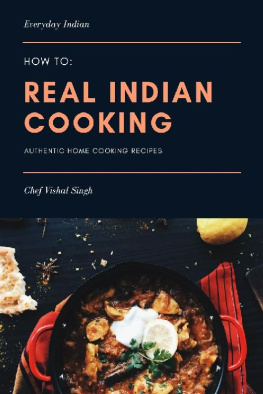
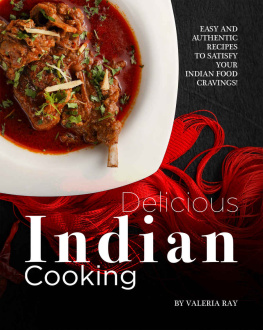
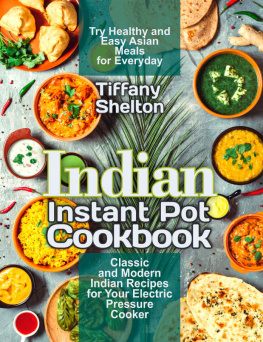
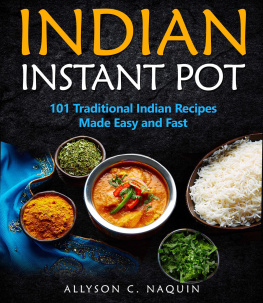


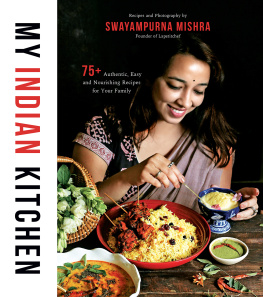

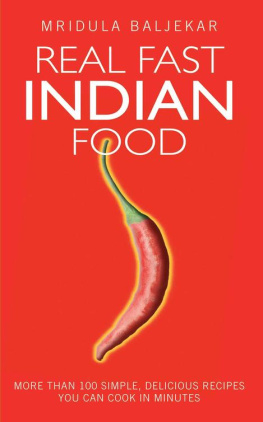
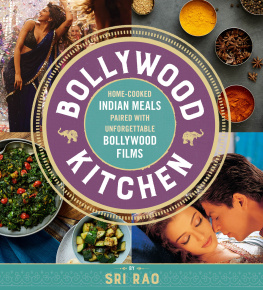
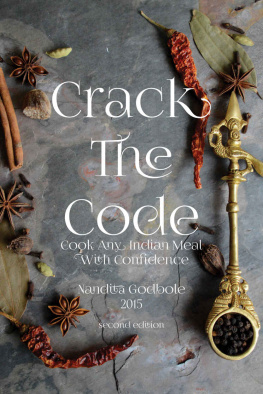
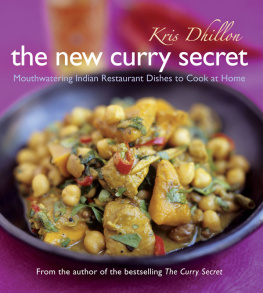





 Cooking Instructions
Cooking Instructions 
 In most specialist shops dealing in tea or spices it is possible to purchase tea masala a readymade blend of the spices mentioned above.
In most specialist shops dealing in tea or spices it is possible to purchase tea masala a readymade blend of the spices mentioned above.